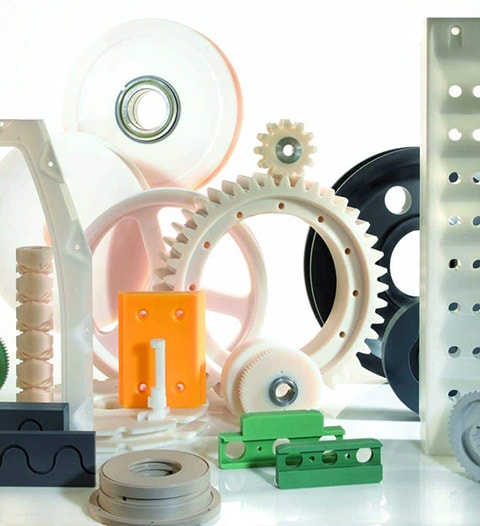
Although the chemical-mechanical properties of plastic are largely determined by their chemical composition, their properties can be modified via heat treatment. One of the most commonly used heat treatment methods to alter the mechanical properties of plastic is annealing.
What Is Annealing?
Annealing refers to a heat treatment process that changes the physical properties of a material and is primarily done to relieve stress created in the casting process. The process often takes place after machining operations and is done as a means to achieve proper dimensions and reduce the likelihood of fracture under load. Oftentimes, multiple annealing operations are necessary to achieve the desired dimensional stability.
The Annealing Process
Annealing involves three main processes:
Recovery stage: The process uses a furnace or other robust heating device to raise the temperature of a material to the desired level, so its internal stresses are relieved.
The recrystallization stage: This stage involves heating the material above its recrystallization temperature but below the melting temperature. This ensures new grains are realized without the formation of preexisting stresses.
Grain growth stage: The grain growth stage leverages a range of methods to develop new grains fully. Engineers control this growth by allowing the material to cool at the recommended rate.
Once the material goes through all three stages, it will have unmatched ductility and hardness.
Annealing of Thermoplastics
Thermoplastic shapes and parts are produced through several methods that can create stress in the materials. Ideally, the annealing process is used to reduce this stress. During the process, the material is heated to a temperature below its glass transition point before being cooled. The heating and cooling process should be done slowly to avoid shocking the material, leading to instability.
The Different Methods of Annealing Plastics
There are several methods of annealing plastics. These include:
Oil annealing: Engineering plastic shapes can be annealed in an oil bath. Oil annealing used to be one of the most effective heat treatment methods. However, this method is costly to maintain and run. It also requires you to machine the oil-stained material before bringing the parts to the market. Currently, EPA and OSHA have outlawed the method, but it is still widely used in Europe.
Air annealing: Air annealing involves using a nitrogen atmosphere to prevent surface oxidation, typically referred to as browning. This is the primary method that most American mills are using today to anneal plastics. It utilizes both free state and added pressure.
Inline annealing: The inline method is a 1990s annealing technology used to anneal extruded materials soon after extrusion for the residual heat in the material to optimize the process. During the annealing process, heaters in line with extruders are used to add calories while the material goes through a slow cooling zone. Although this process is not as effective as air annealing, it is faster and less costly.
Custom Composite Solutions at WS Hampshire
WS Hampshire is a leading custom fabricator of non-metallic materials with a variety of capabilities, including annealing, CNC machining, vacuum forming, rotary die, stamping, and punching. We provide a range of annealing solutions specifically designed to meet your business needs. Contact us today to learn more about our custom composite solutions and request a quote.

